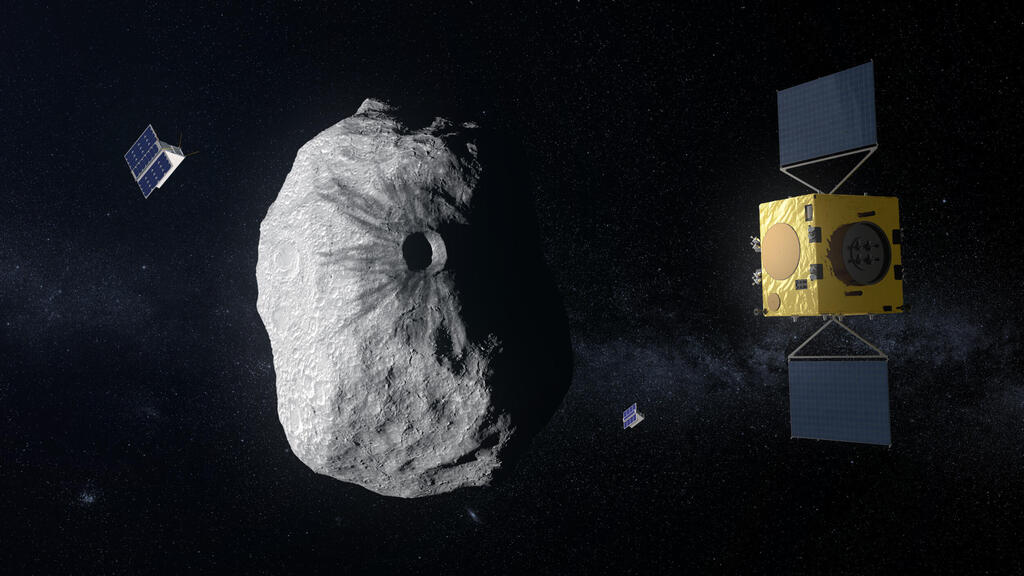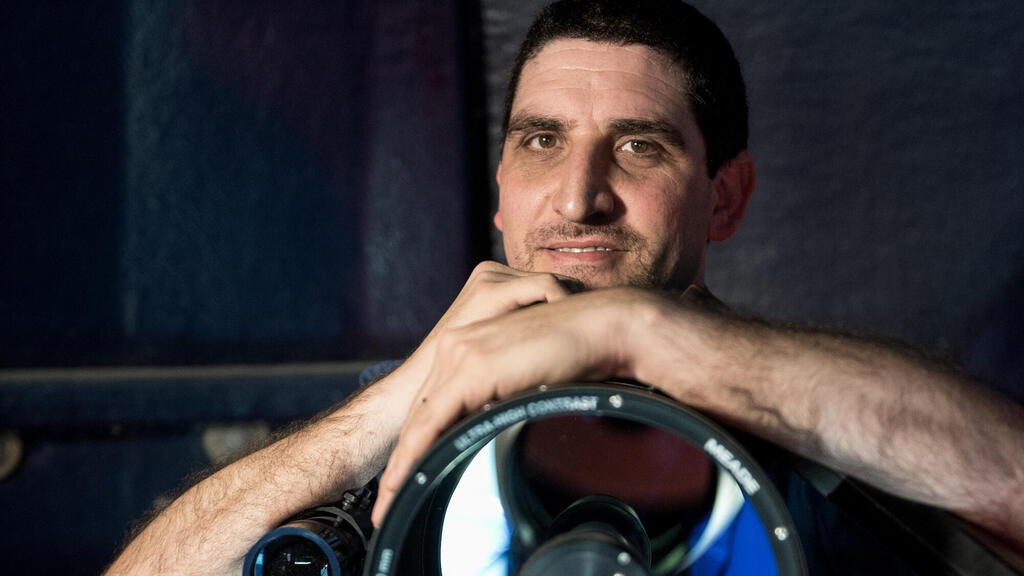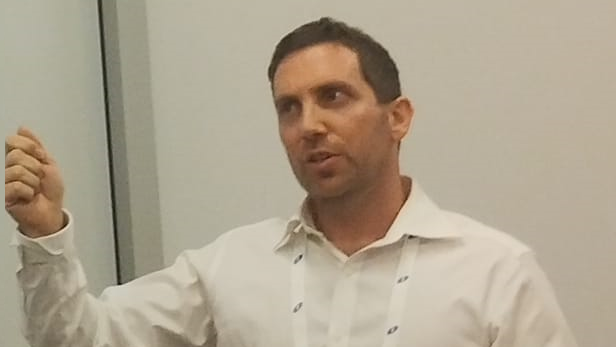Getting your Trinity Audio player ready...
Asteroids and comets in space capture widespread interest, both due to scientific curiosity and concerns about potential collisions with Earth. While this scenario often features in films, it's not just a Hollywood script; it's a real threat being studied by numerous experts worldwide.
Read more:
Addressing this threat requires pinpointing the objects that could intersect Earth's path and developing suitable methods to deflect them. Several international organizations tackling this issue have outlined a four-component action plan: identification, trajectory calculation, risk assessment, and devising mitigation strategies.
For the latter, two specialized space missions have emerged: the American DART and the European HERA. On the international level, these missions combine efforts under the joint Asteroid Impact Deflection Assessment (AIDA) mission, hoping to divert asteroids from their collision course.
Dr. Uri Malamud from the Physics Department at the Technion is part of the international team responsible for conducting collision simulations for the HERA mission. Prof. Hagai Perets, an expert in solar system bodies from the Physics Department, along with Dr. Malamud, has secured a grant from the Ministry of Innovation, Science and Technology to enhance Israel's participation in the mission as principal investigators.
The Israeli team utilizes advanced theoretical methods to conduct simulations of collisions between spacecraft and asteroids. In collaboration with a group from Germany, researchers conducted cutting-edge laboratory measurements using a specialized system they developed. This system compresses porous material (regolith) within a vast pressure range, including exceptionally high pressures.
The results of these measurements led to the development of a new and precise compression curve, which serves for new collision simulations and is expected to enhance accuracy. Within the research framework, insights gleaned from both space missions will further support the exploration of small bodies in the solar system in various contexts.
"Small bodies in the solar system are crucial in planetary science research," explained Dr. Malamud. "They provide clues to the early formation of the solar system and address questions regarding the presence of water and various organic compounds essential for life development. Additionally, asteroids and comets hold commercial potential that could impact humanity's future."




